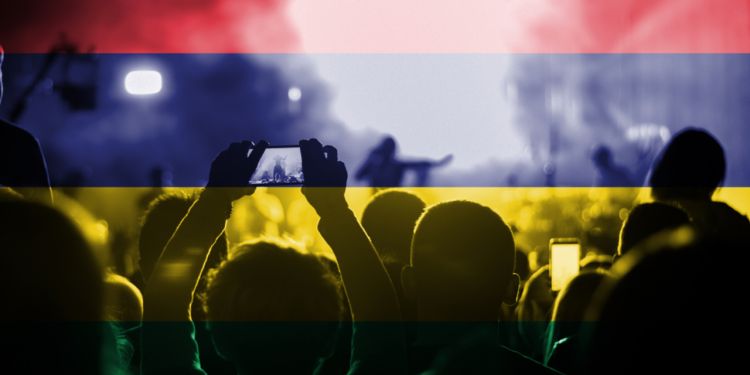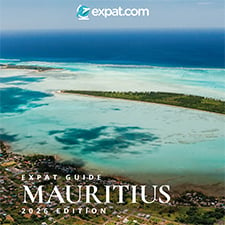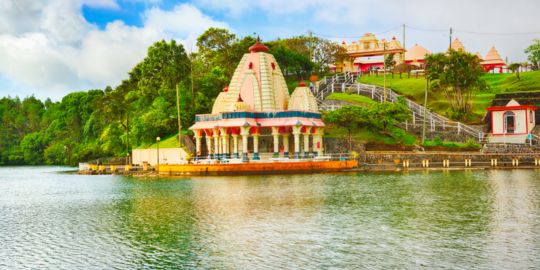The History of Mauritius

In the 5th century, Arab sailors came to the island and named it Dina Arabi.
1507: The Portuguese arrived in Mauritius and named it Ihla do Cirné.
1598: The Dutch arrived, and named it Mauritius in honour of Prince Maurits of Nassau. Shortly afterwards, they started using the island as a point of replenishment and supply for ships who were travelling along the Indian Ocean Route. The Dutch cut down the forests ' mainly the ebony trees ' and introduced sugar cane to the island.
1721: The French landed in Mauritius and renamed the island 'Isle de France'. They managed estates and plantations where slaves worked.
1735: Governor François Mahé of La Bourdonnais arrived and developed the port, founded Port Louis, and built an arsenal. The Governor also developed crops and plantations in Mauritius.
1810: The British fought with the French and in the second round, won and took possession of the island. The French agreed to hand over Mauritius but created the Treaty of Paris, which stated that the culture and language of the French were to stay present in Mauritius.
1814: The island was officially attached to the British Empire and the island was again named Mauritius.
1835: Abolition of slavery.
1835 to 1910: There was a large influx of Indian labourers immigrating to Mauritius, as a consequence of the abolition of slavery. The «Coolie Trade» or Indentured Labourers came to work in the sugar cane fields. Although they were officially free men and were getting paid for their labour, the Indian immigrants worked almost slave-like conditions. Later on, the first Chinese immigrants arrived.
1968: Mauritius obtained its independence.
1992: Mauritius became a Republic.
The Republic of Mauritius
Although the President of the Republic is the Head of State and the Supreme Chief of the armed forces, the Prime Minister holds executive power and is the head of the Government.
Every five years, there are general elections to elect the Members of Parliament. The Parliament is composed of 70 seats. Out of the 70, there are 62 who are representatives, and eight are nominated by The Best Loser System, the point of which is to provide a fair representation of minority communities within the Parliament.
Flag
The flag of Mauritius is composed of four horizontal lines: red, blue, yellow, and green.
Each four of the different colours have their own meaning, seeped in the history of Mauritius:
- Red: symbol of blood spread during colonisation
- Blue: symbol of the ocean
- Yellow: symbol of the sun and the light it brings
- Green: symbol of agriculture and fertile land
National Anthem
The National Anthem was written by Jean-Georges Prospère and composed by Philippe Gentil in 1968, in honour of Mauritius obtaining its independence.
Glory to thee, Motherland
O Motherland of mine
Sweet is thy beauty
Sweet is thy fragrance
Around thee we gather
As one people
As one nation
In peace, justice, and liberty
Beloved country
May God bless thee
Forever and ever










